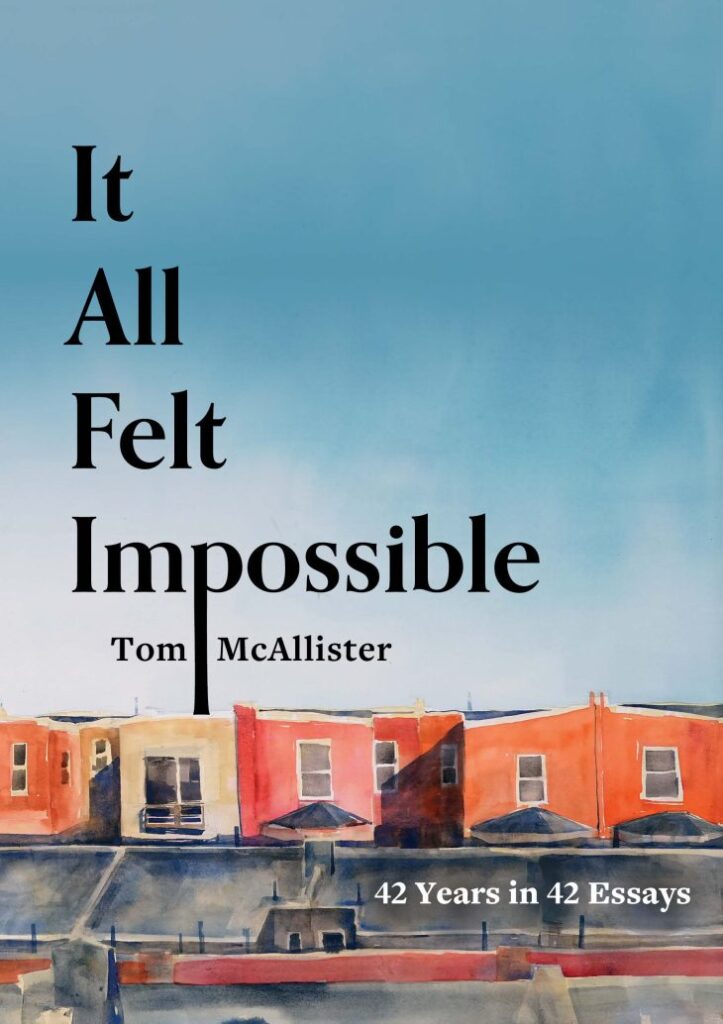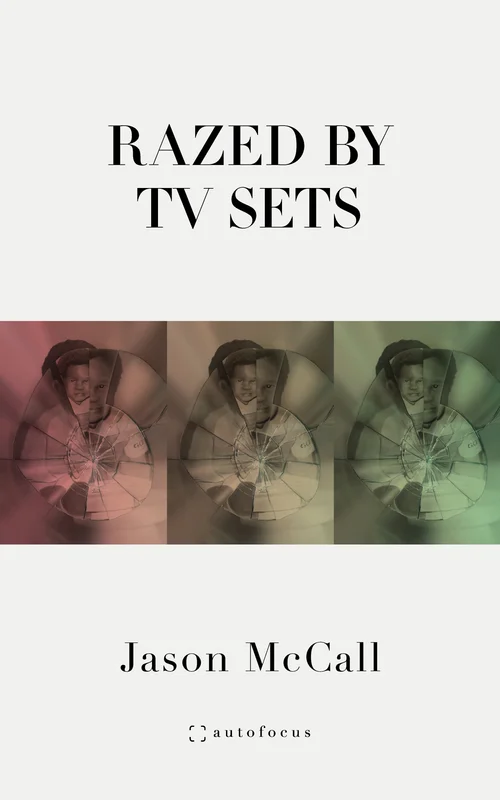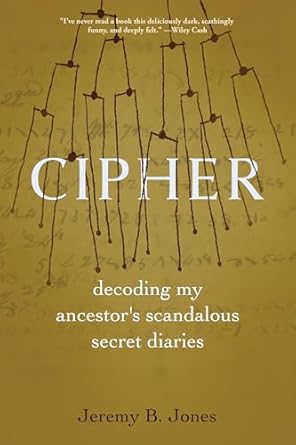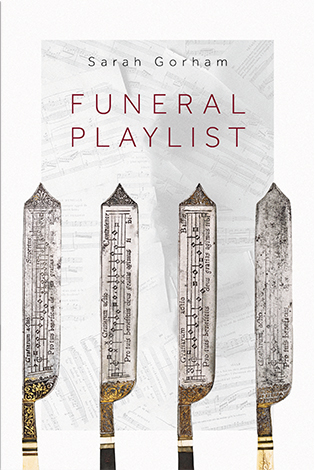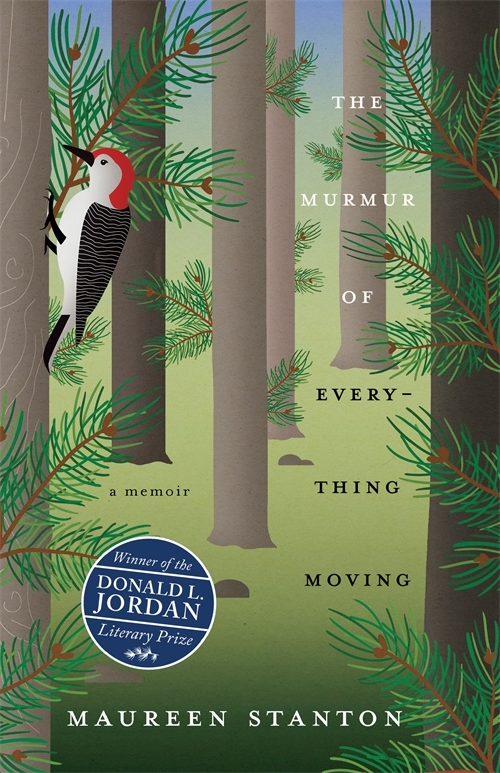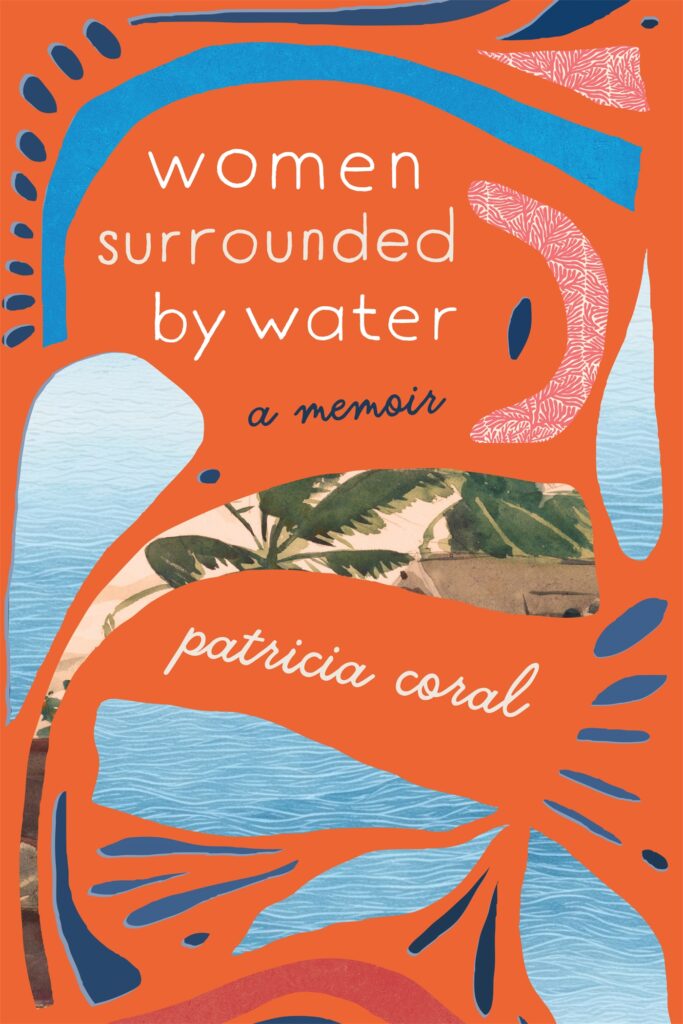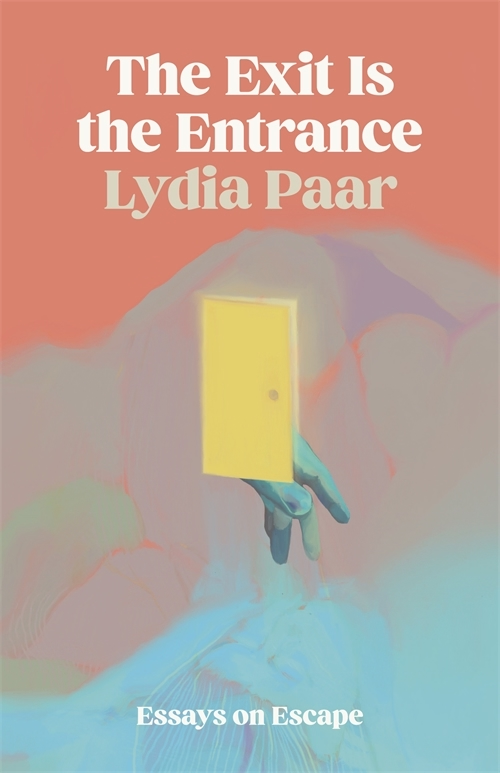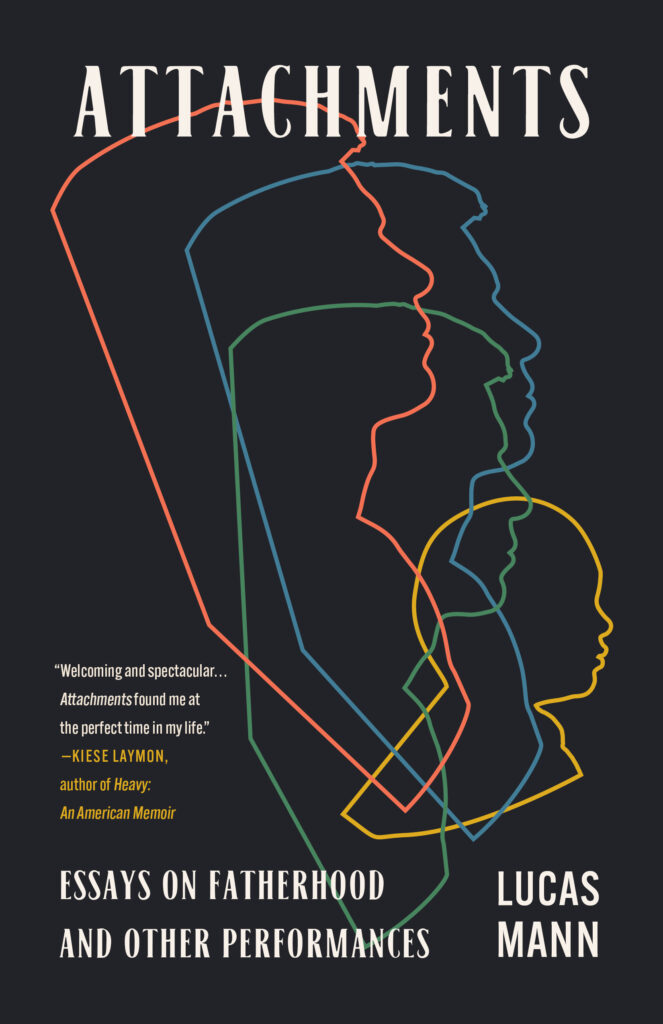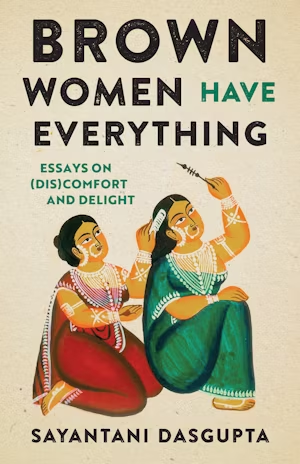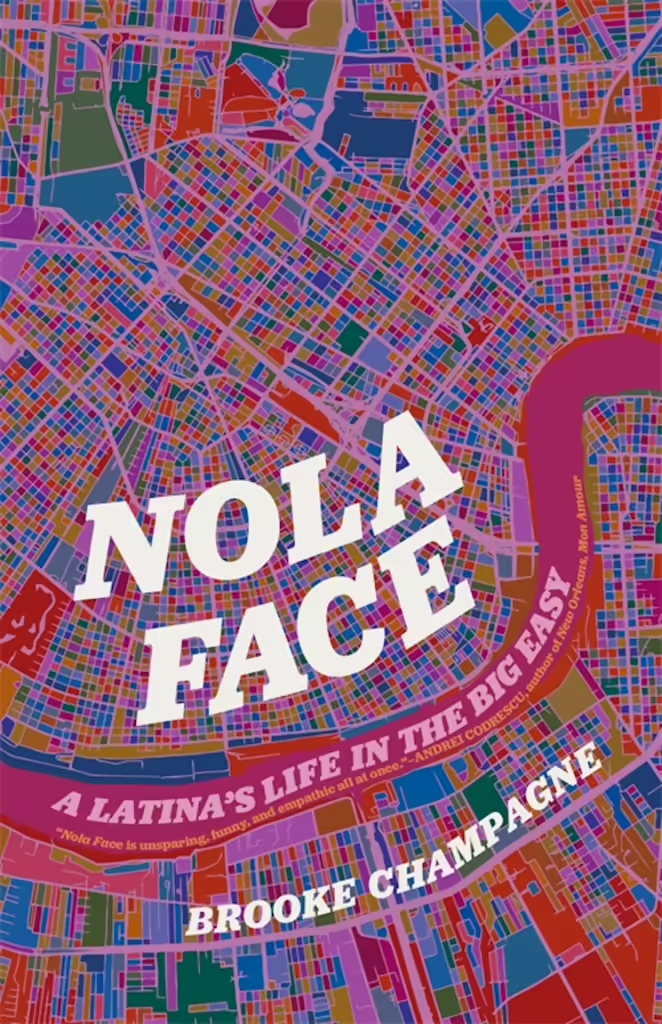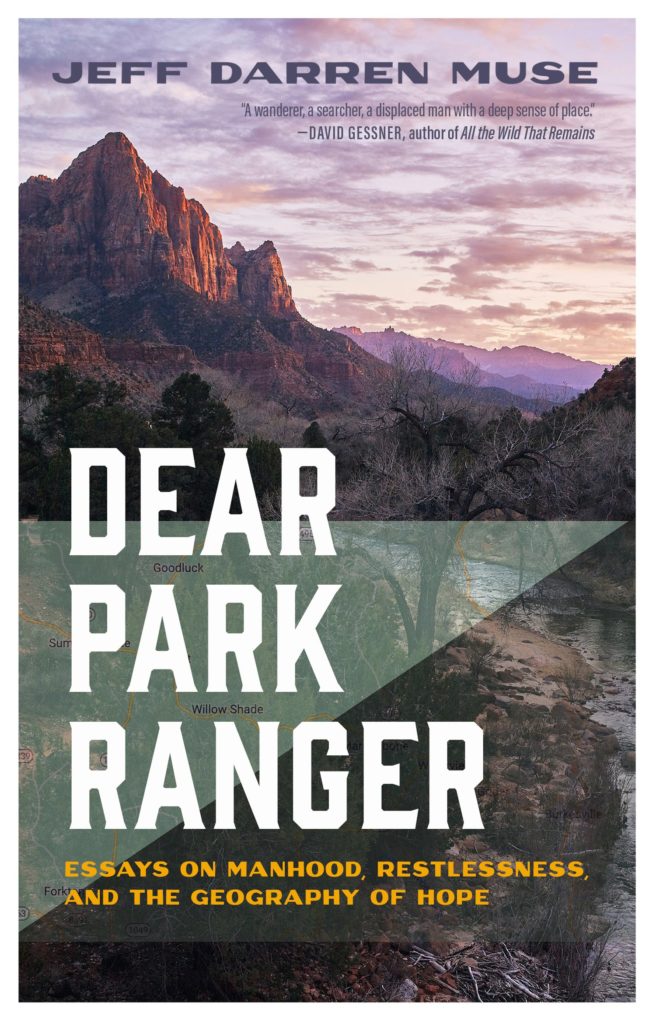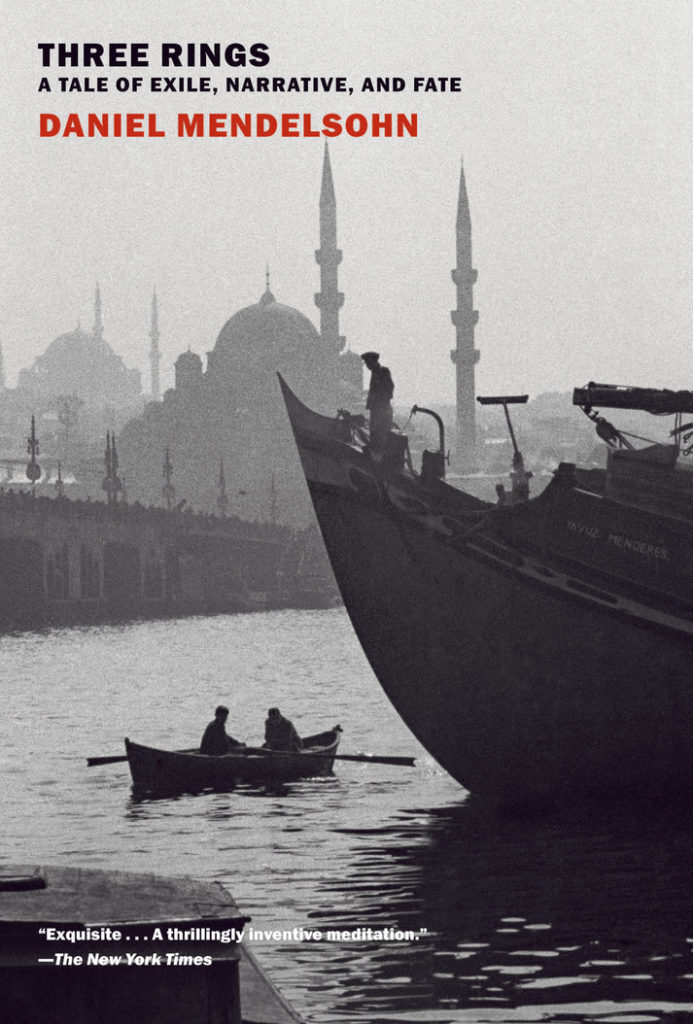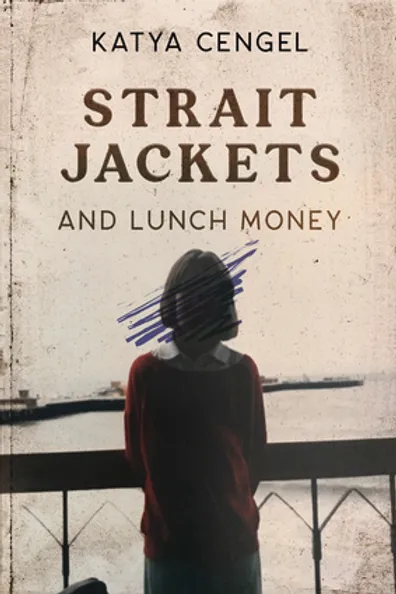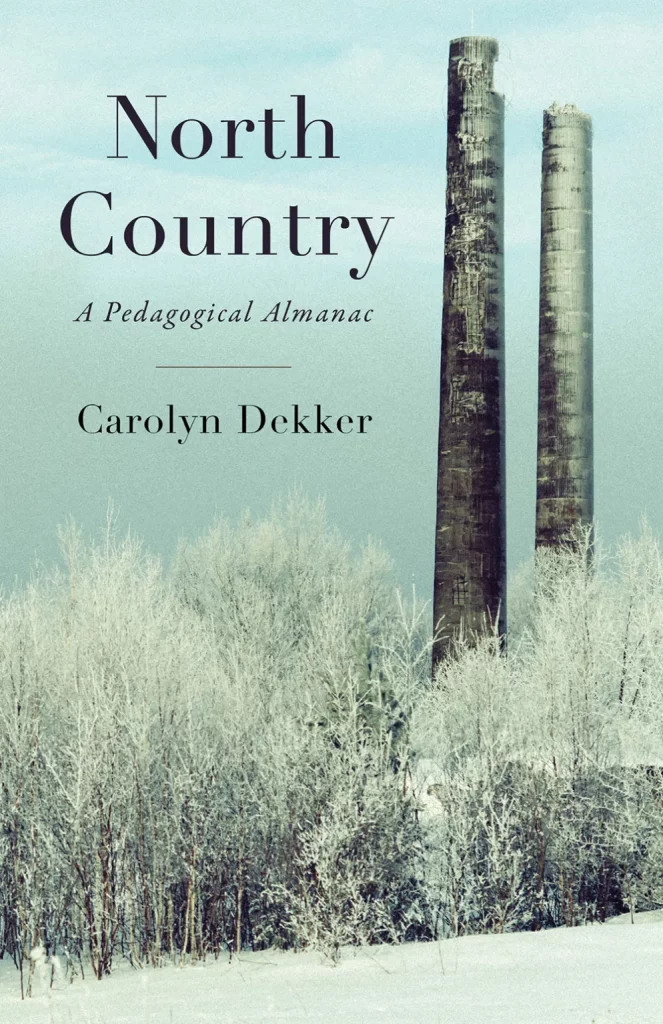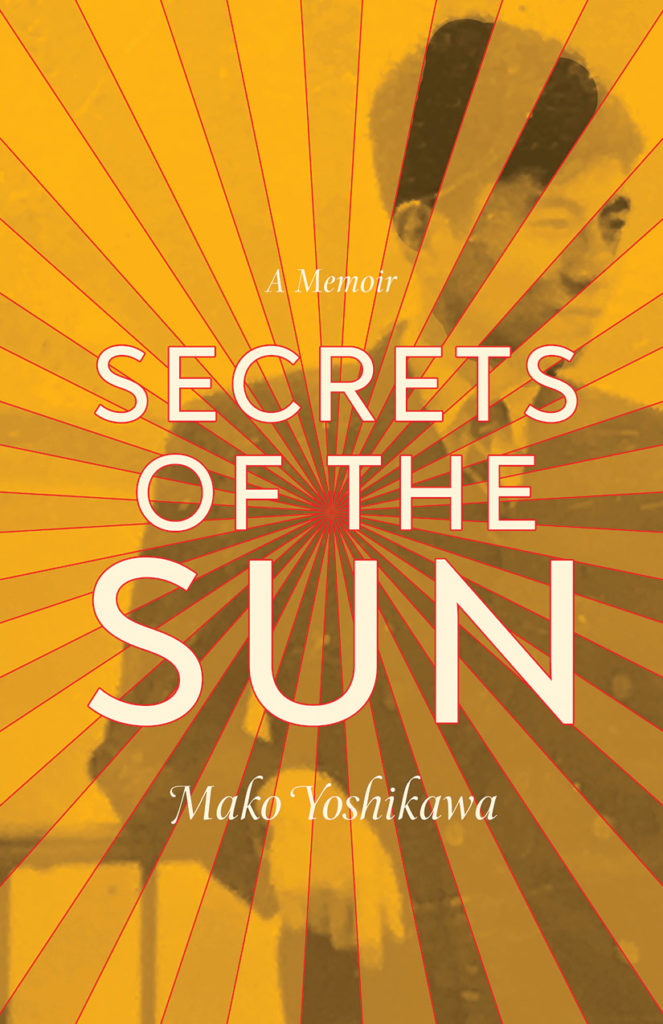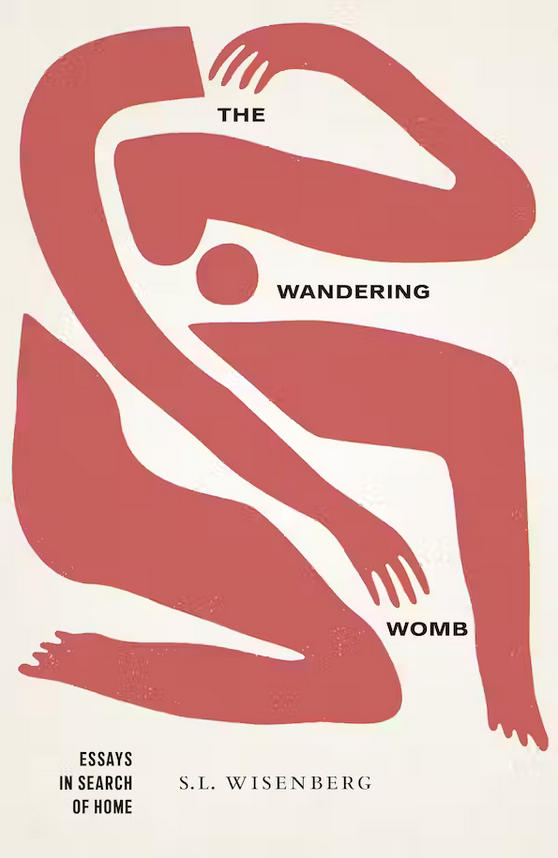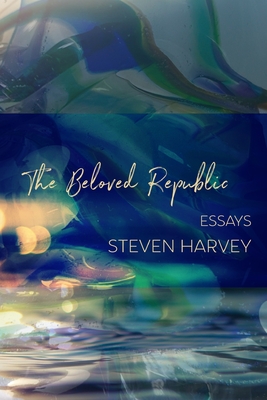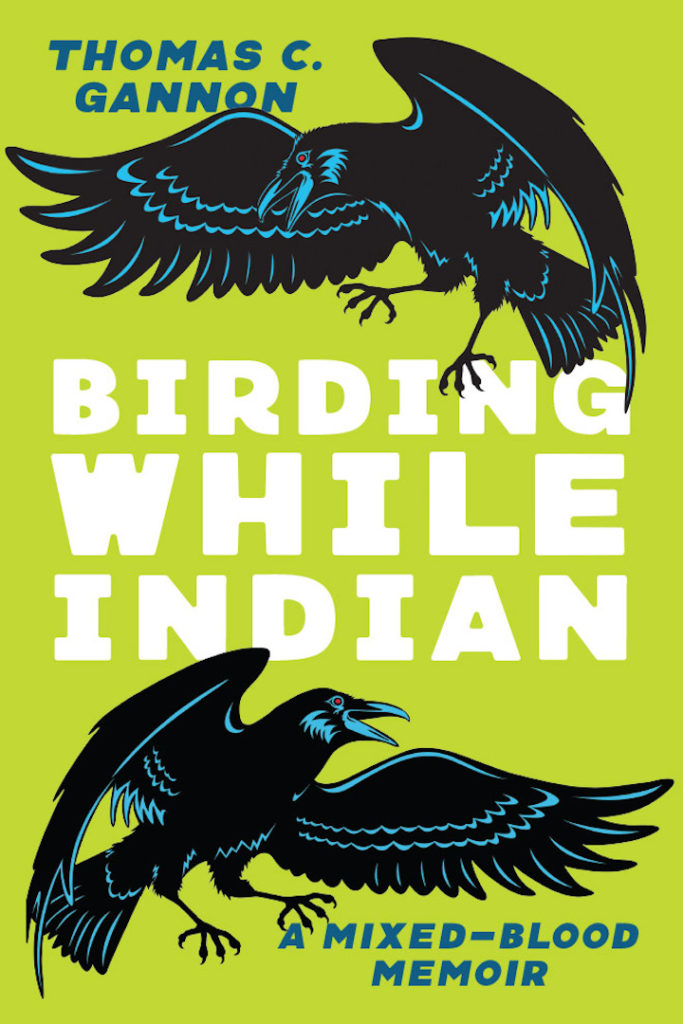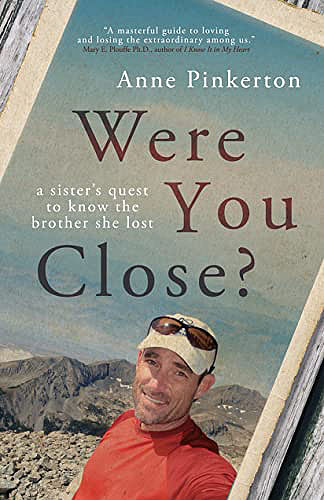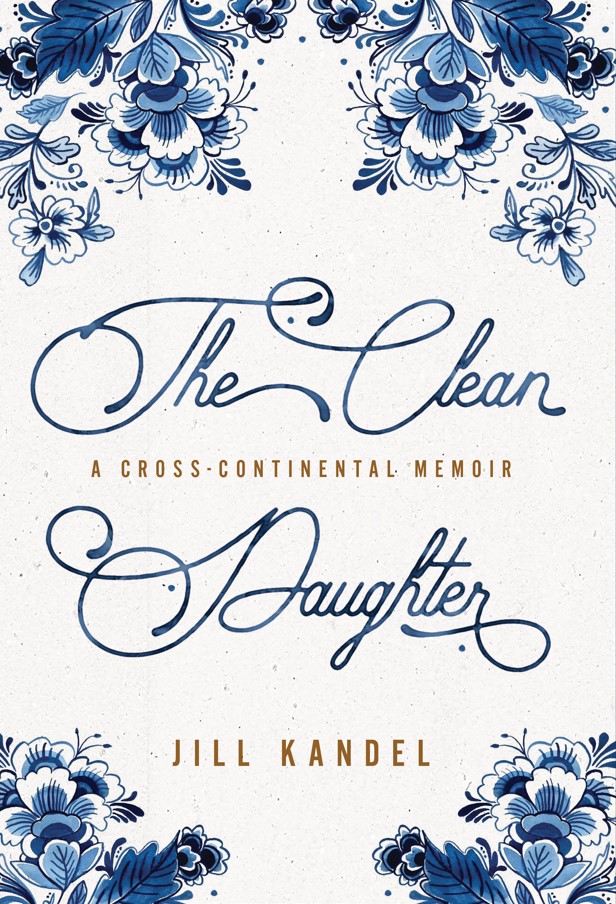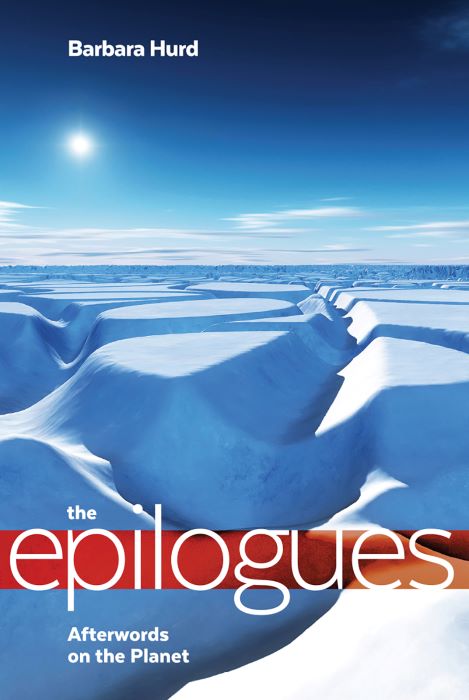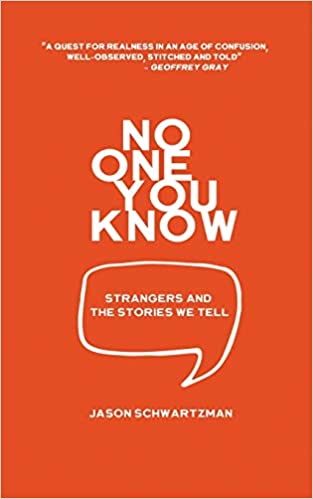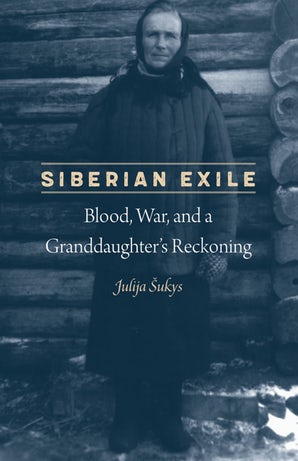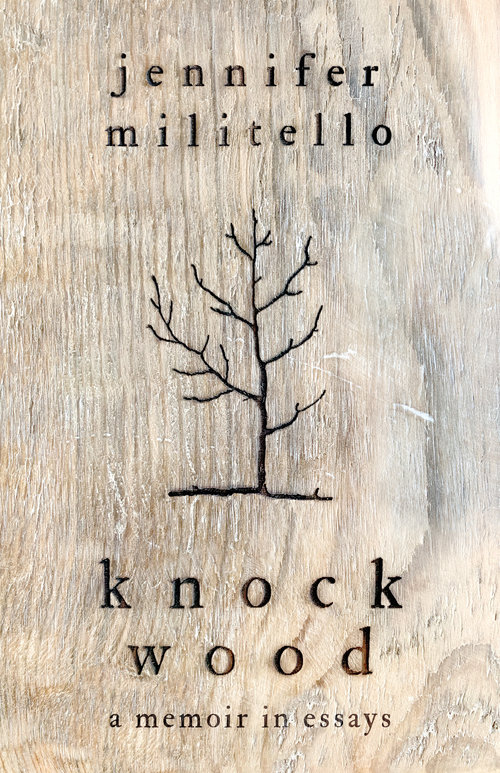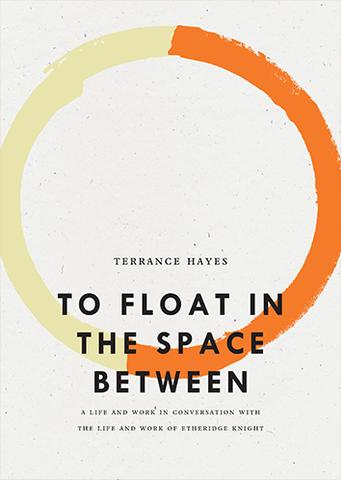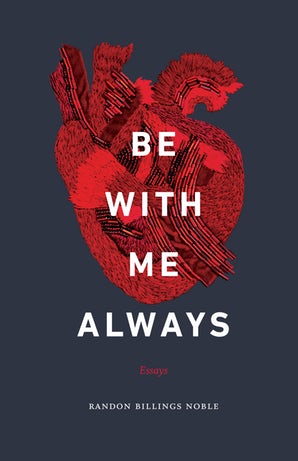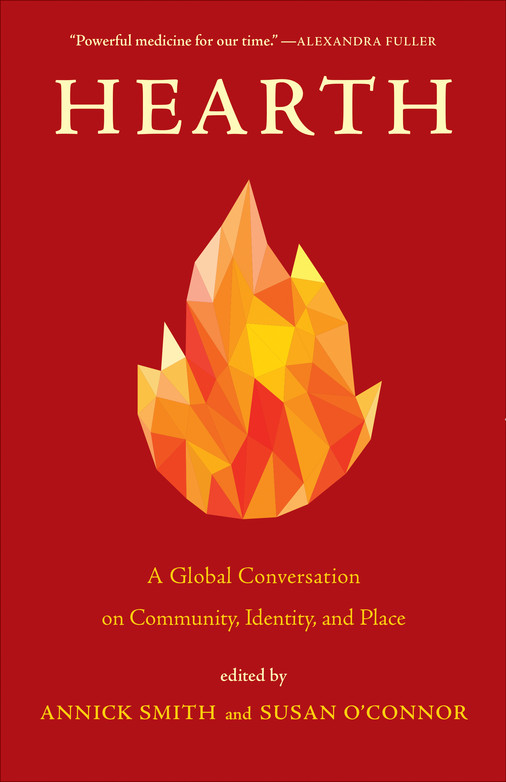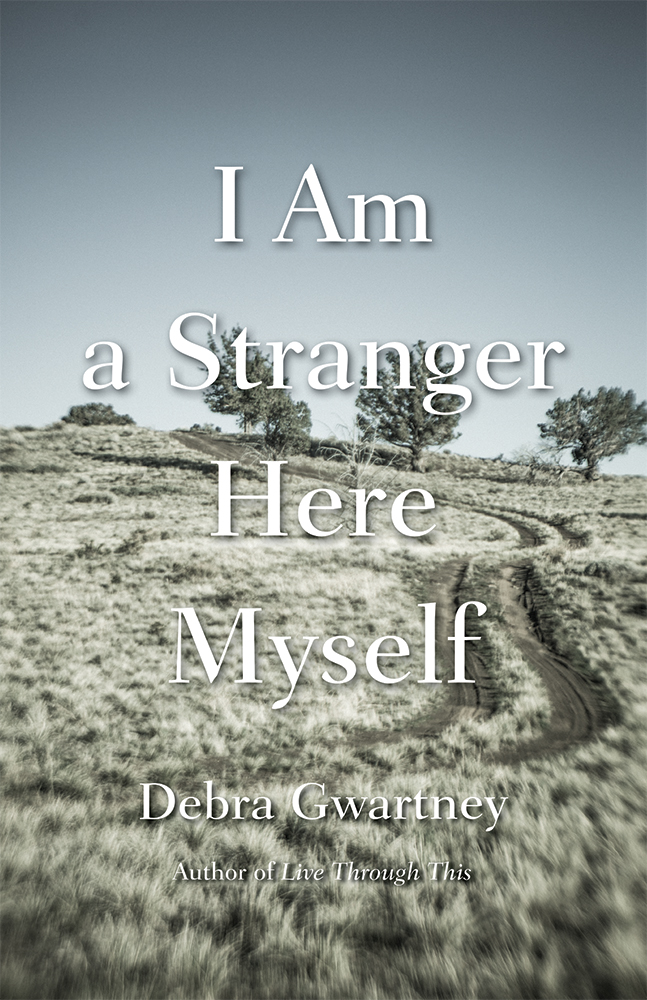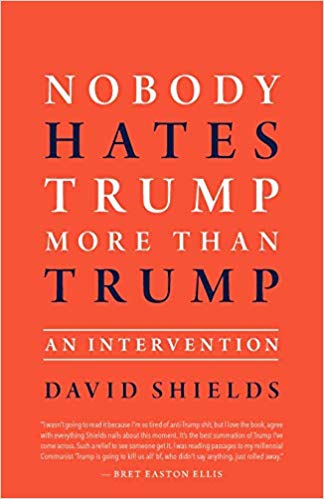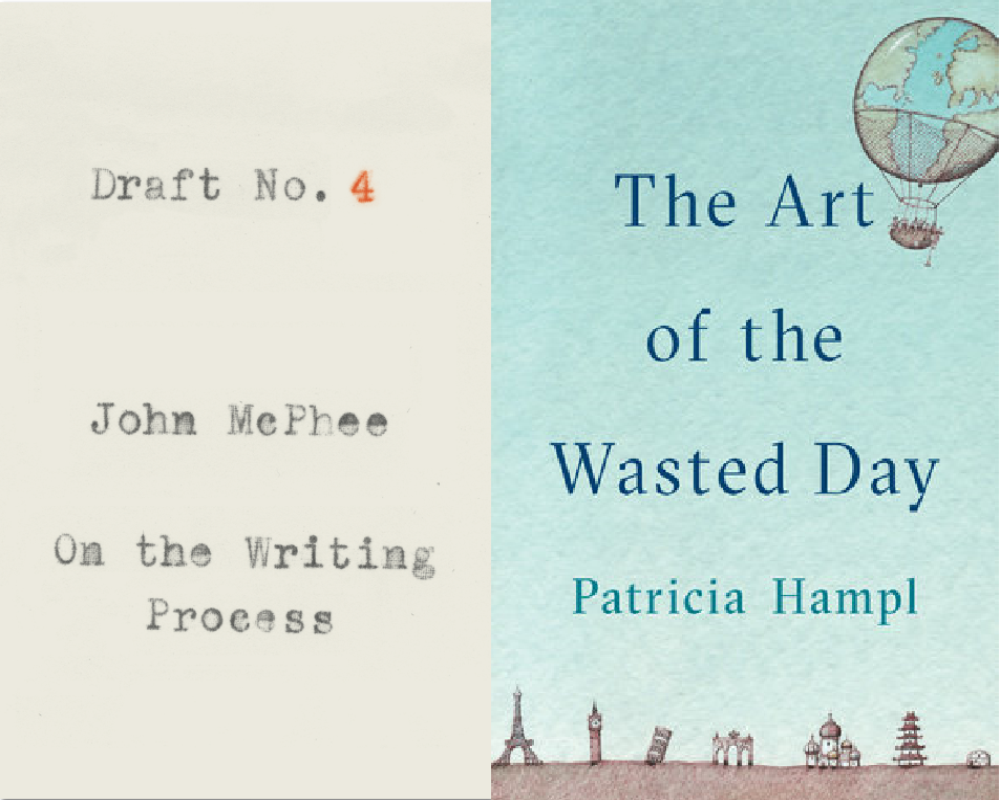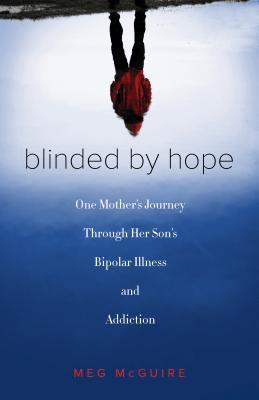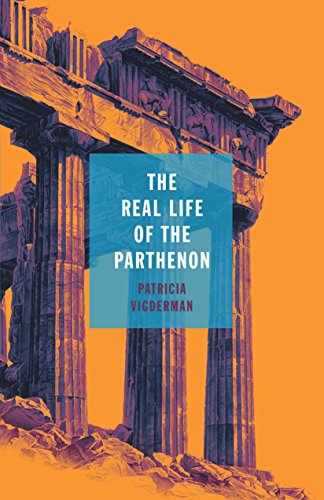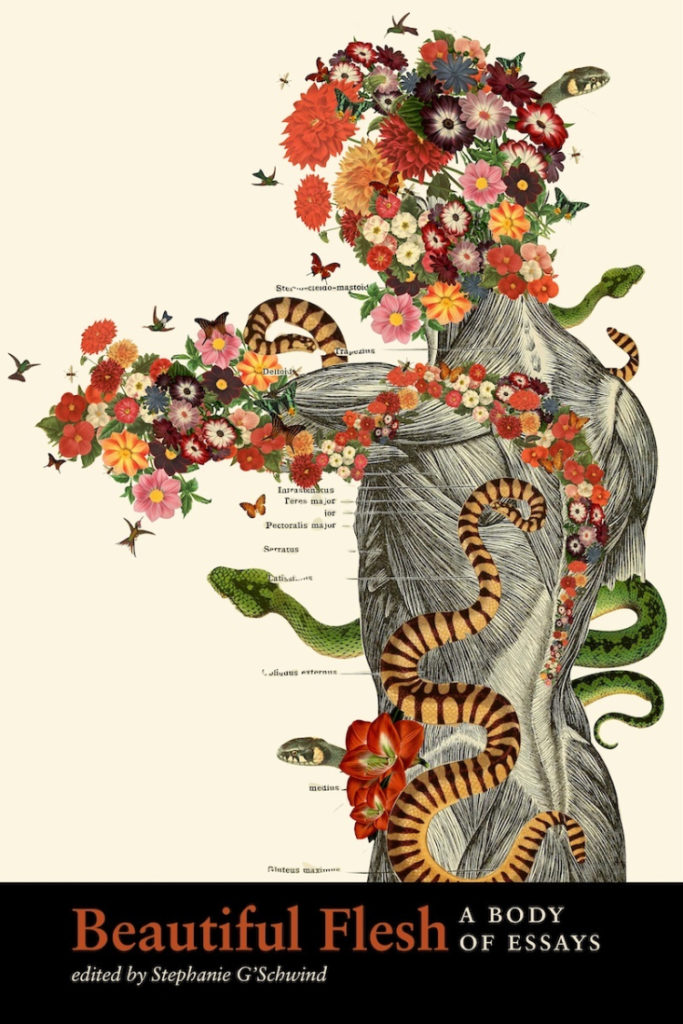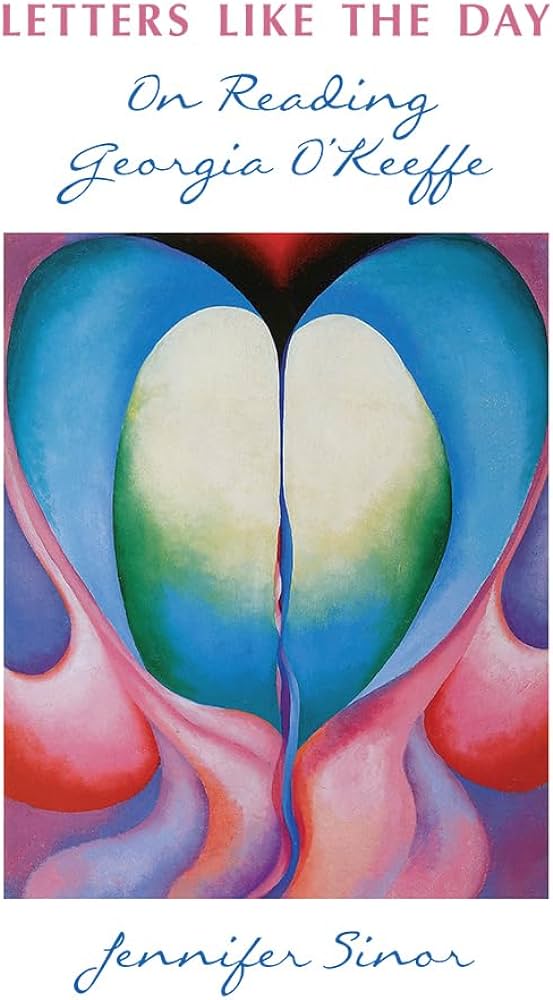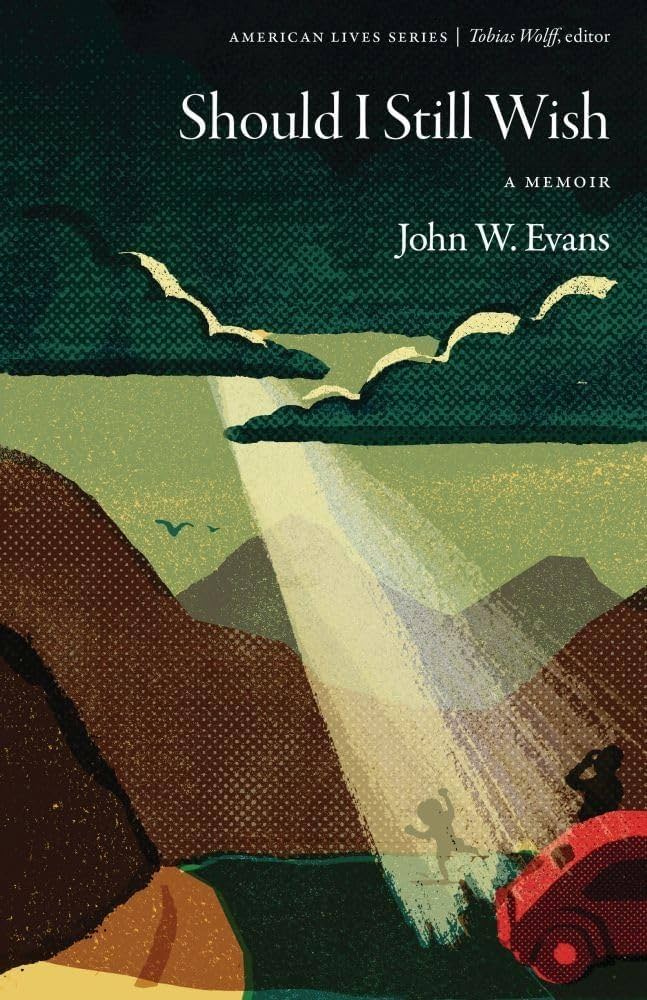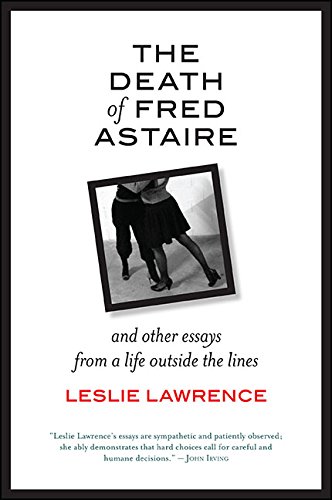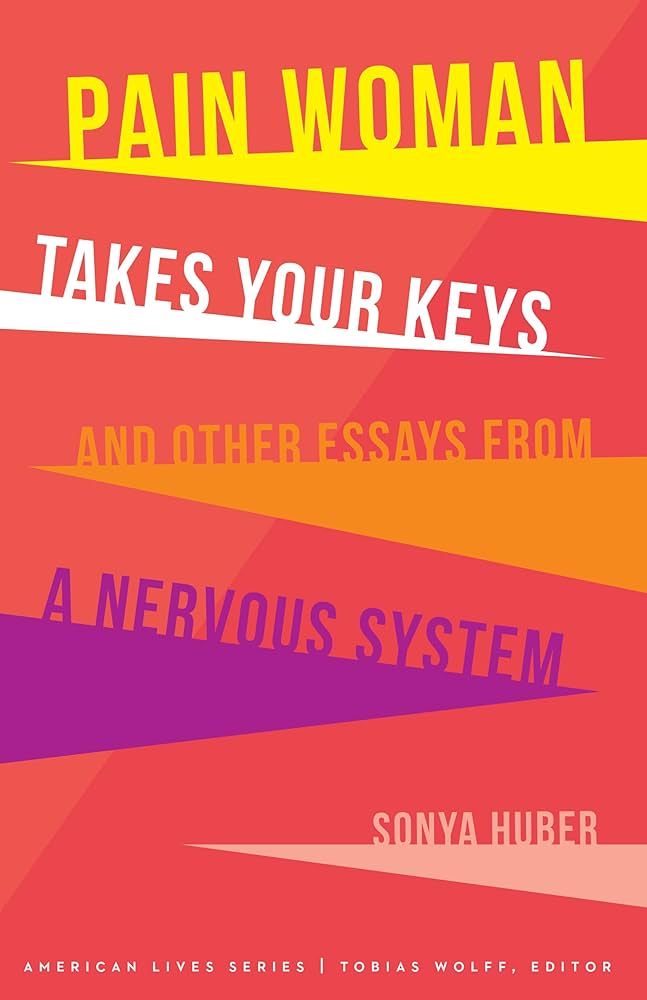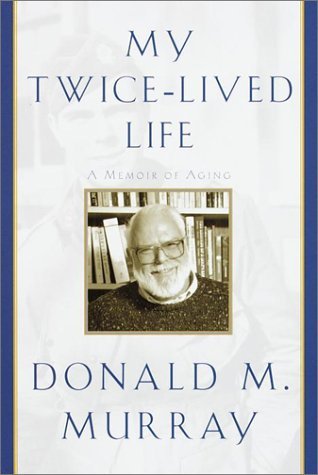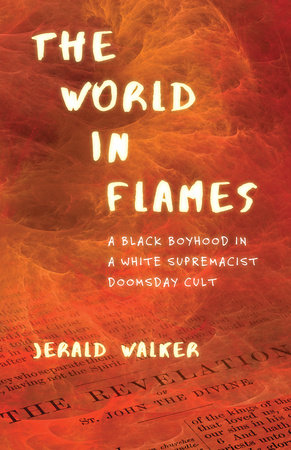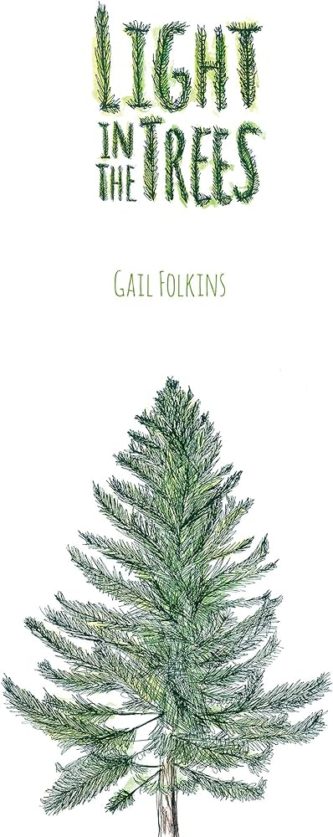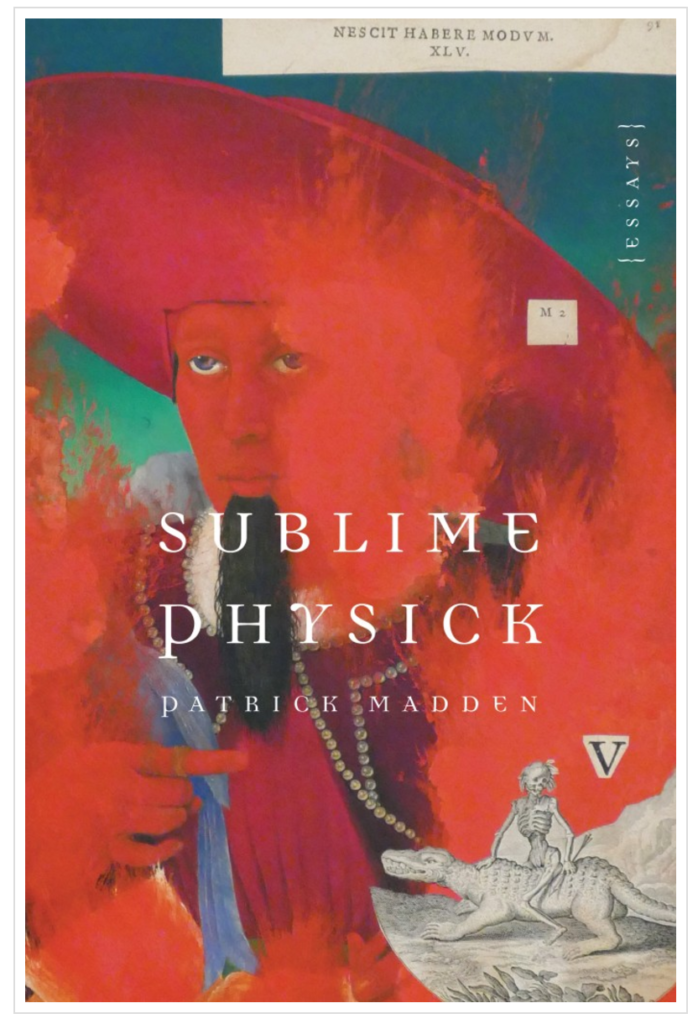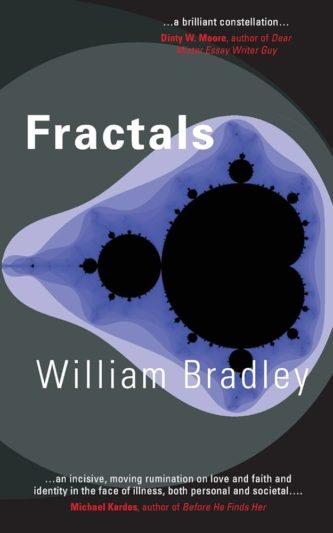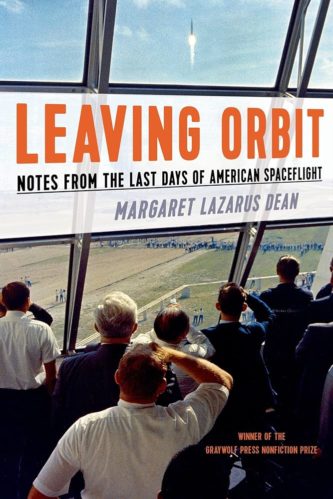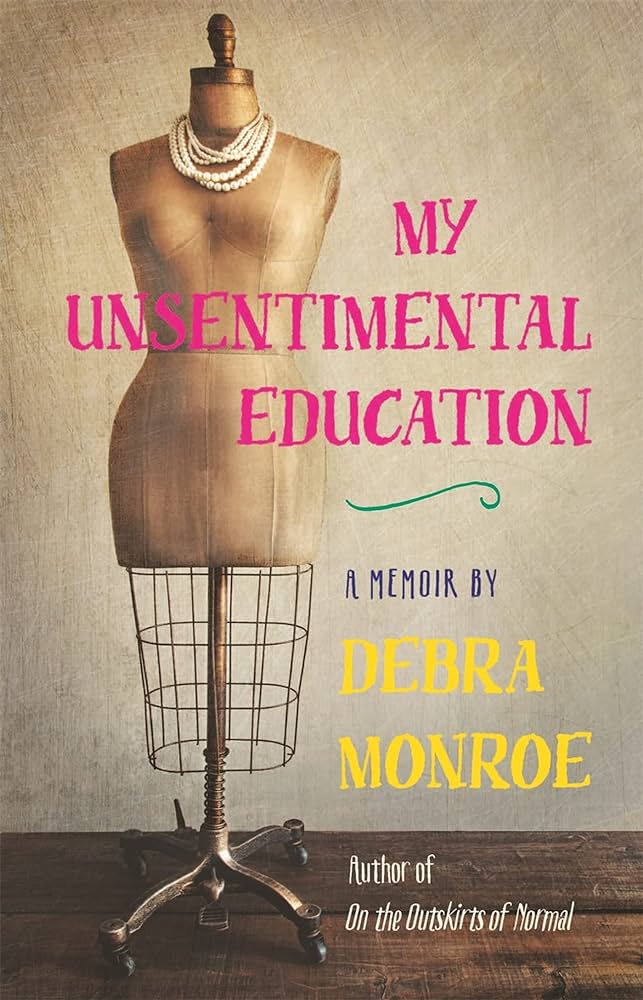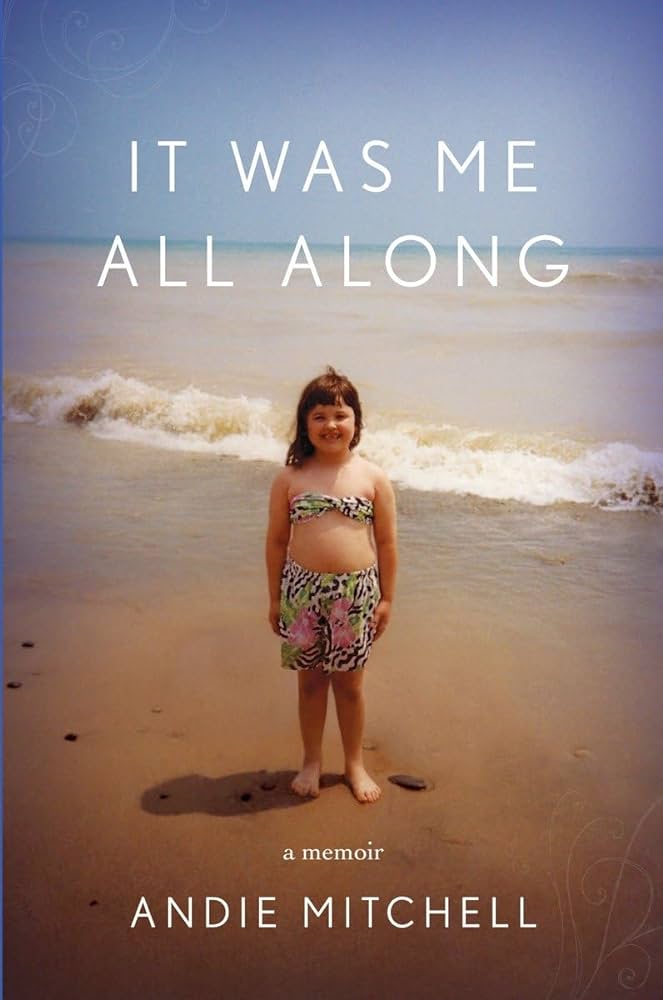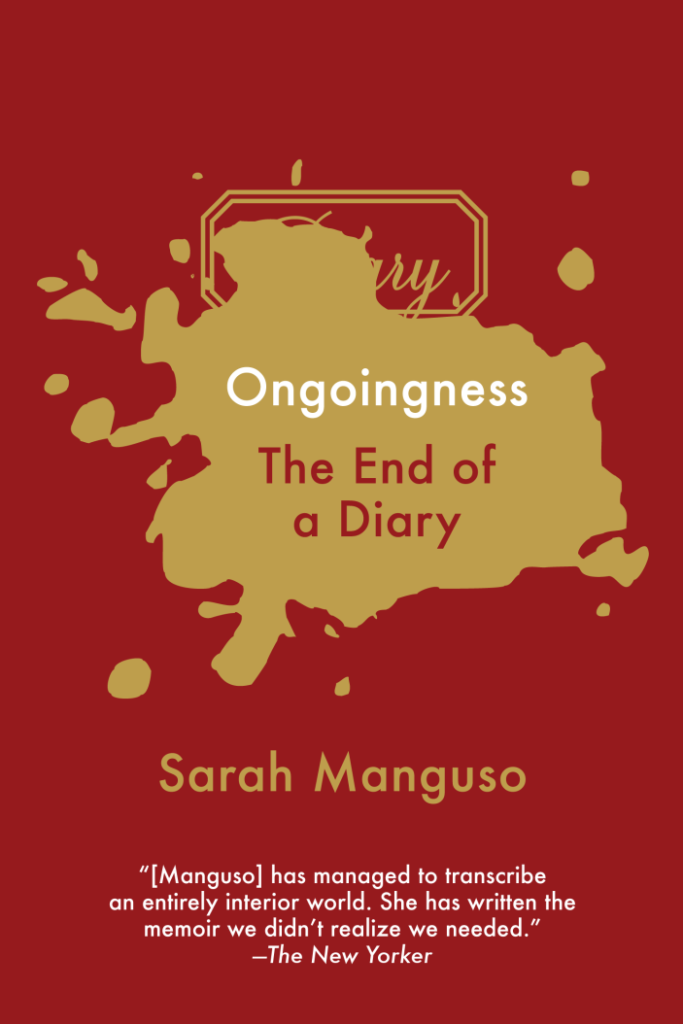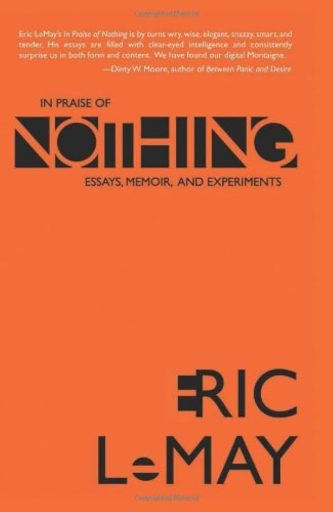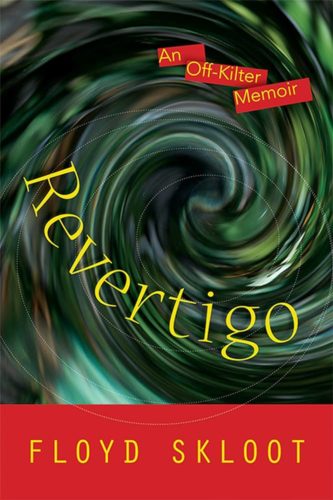By Penny Guisinger
I’m pretty sure that the day Thomas Larson asked me to write a review of creative nonfiction chapbooks was the same day I said to a room full of people at AWP, “I don’t know what a chapbook is.” The fact that I was on a panel about chapbooks (and am rumored to have published one) only underscores the truth that I am probably the wrong person for this job. Or, conversely, maybe exactly the right one.
If you Google “what is a chapbook?” you’ll learn that nobody else knows either—when it comes to creative nonfiction. You’ll learn that it’s small. It might be handmade. It might be thirty pages, possibly hand-stitched. It might be one folded sheet of paper. It’s almost certainly an art object with a short publishing run. It might be a brochure. It’s most definitely poetry.
My extensive field research at the 2018 AWP book fair brought credibility to the results of this (not remotely extensive) Google search. I’m certain I would have landed a major book deal for myself had I not been so busily consumed with finding every CNF chapbook in the room, which totaled exactly four. Publisher after publisher said, “Yes! We publish chapbooks!” Then, “Oh. Creative nonfiction chapbooks? Uh . . .” (Blank look. Scan of titles on table.) “Well, this one is poetry, but it’s got a narrative approach.”
No.
I came home with four titles, and they seem to represent a range from something like a prose version of the handmade items described on Google to something much shinier and more like a traditionally published book.
The books I came home with are: Devotional by Randon Billings Noble, Puzzle Pieces by Bernard Grant, Kindling by Lisa Laughlin, and In Defense of Monsters by B.J. Hollars. In this sample size of four, three have that handmade look and feel. They’re stitched or glued and the paper is toothy. One of them unfolds a little bit like an accordion. Another has a perfect circular cutout on the cover, and a translucent velum forest peeks out at us. The remaining one looks like a traditional book. It has a shiny cover and both blurbs on the back refer to it as a book. Thus, my research has to conclude that look and feel alone are not enough to define the form. (How do I know that last one is really a chapbook? I don’t. But its author tells me it is, and he would know.)
Devotional by Randon Billings Noble is a crafty little book, both in terms of how it’s physically constructed and its incisive writing. A collection of eight short shorts, the book is a tribute to the acts of longing and noticing. Noble writes of storm clouds and coffee cups, cattails and sleepless nights, loblolly pines and, yes, devotion. The first piece creates a space of longing, and the last one asks us to remain there, waiting to be relieved. The book opens in “the hour of the radiator’s hiss, the mouse in the wall” and tells us that “these are the hours when I reach for you, forgetting that you sleep now in another’s bed[,]” and we’re brought into the concreteness of that moment by the first-person, present tense constructions and the precision of the words. We exit the book with the author questioning, “How many hours I have spent waiting for you to appear. Have these hours added up to a day?” The pieces in between are tiny by any standards, just a sentence or two, each pinning down another exacting image, another moment of a moment. It’s a job, perhaps, that only a very short form can do so beautifully: to say more could diminish the impact, so why say more?
The book is physically constructed of bright-colored papers, adorned with a flowery print. It manifests a star fold, which means if you open it up all the way (so back cover and front cover meet), you’ll hold in your hand a twelve-point star with gorgeous words tucked inside. The object itself is artistry, and the words deliver as much beauty and insight as much longer volumes. As a bonus, it nicely matches all my pre-conceived ideas about what a chapbook is, right down to the name of the press: Redbird Chapbooks.
Chapbook? Definitely.
Kindling by Lisa Laughlin from Sweet Publications is made up of three short pieces that are less short than Devotional, but still very short: the book has only 23 pages. The small pieces tackle the big subjects (place, family, mortality) the medium subjects (agrarian lifestyles, flora, fauna) and the small subjects (wild fires, desert rain, barbed wire). Laughlin deftly wraps up notions of all things being temporary through the telling of a wildfire story that didn’t touch her personally, but it could have. Another fire might. She writes, “We didn’t lose our home or any members of our family. But I realized that night the loss was inevitable; if not that year, the next.”
In these pieces, which are highly personal and completely detached all at once, Laughlin collects bits of jasper in her pockets, watches speckled hawks spiraling above, and digs wild onions. Each sentence, each image brings the reader farther into the very specific part of earth known as Washington state; each is also loaded with the personal/universal meanings we expect from creative nonfiction. When she writes of a harvest, “We take what we can of the grain that we’ve planted, then move to the next field, and the next,” we know she’s talking about more than wheat farming. Again, like Devotional, Kindling’s literary strength is in its brevity. Why say more?
Physically, the book is also fancy and delicious, with a stitched binding, cover made from three layers of tactile-satisfying papers, and pages that are thick and feel like watercolor paper. Again, this delicious object wants us to run our fingers over it.
Chapbook? Definitely.
Puzzle Pieces by Bernard Grant is the least fancy of the four. Created by Paper Nautilus Press, the book is printed on normal, letter-sized paper, folded in half, and stitched down the fold. It doesn’t bother to be a tactile experience, which does nothing to detract from how compelling and deft the language is inside. Composed of seven sections, the book attacks questions of identity, race, family, mortality, violence, connection: all the big things in a small format. Grant’s work seems to press us forward from behind, urging us to consider whatever might be coming. He writes,
Morning. Early morning. So early you haven’t yet burned your hand on the stove or spilled hot tea on your sweater. . . . The flat tire light hasn’t blemished your dashboard on your way to work and you haven’t stepped in a puddle of piss headed inside. Not yet. You’re not at work which means you’re also not dressing and cleaning grown men who play with toys and piss themselves. Not yet.
It’s a clever way of delivering the bad news by wrapping it up in the good: it’s a great day until it inevitably isn’t great anymore. It’s fitting energy for the experience of Grant, a young black man trying to fit into a white subculture: disaster hasn’t come today, but it might. He recounts the familiar story of Eric Garner and writes, “He can’t breathe. He can’t breathe. He can’t breathe. He can’t breathe. He can’t— ”
So far, my research has made it easier for me to get my head around this question, “What is a chapbook?” It’s a book with a handmade feel and a small number of pages. The pieces inside are shorter-than-the-usual-essay, and they do not arrive carrying the luggage of research. They are personal. The language is lyrical. Right?
No.
Enter In Defense of Monsters: Essays by B.J. Hollars, and now I officially have no idea what we’re talking about anymore. This book has a glossy cover, a bar code, and blurbs on the back that call it a “book.” I had to contact the author for clarity, and it turns out there’s a story. (There’s always a story.) Hollars first published Monsters as a full-on chapbook with Origami Zoo Press in 2011, and Bull City Press re-published it in 2017.
In this tightly-written book, Hollars makes a smart, fun case for the existence of Bigfoot, Nessie, and a giant turtle named Oscar. Or, at least, he makes a case for being open to the possibility of a lot of things, including our urge to “give logic permission to supersede imagination,” which is more limiting than it is useful. He makes us want the doubters to be wrong, which they very well might be, given how little we know about the world. He does that thing that we expect from a certain flavor of CNF: he broadly assesses the human condition. (Spoiler: he finds it lacking in imagination, but rich with the capacity to needlessly divide and create dangerous hierarchies.)
Hollars extrapolates our tendency to focus on irrelevant differences between us against our likely refusal to accept the existence of things we can’t see. A 1934 resurgence of Nessie-related interest occurred alongside the rise of Hitler in Germany and a tripling of American lynchings. “Yet despite these backward steps,” writes Hollars, “Chicago’s 1933 World’s Fair championed the phrase ‘A Century of Progress,’ though their exhibits seemed to prove the contrary—a ‘Midget City,’ as well as various other racially offensive displays.” The point seems to be that humans are often (a) not as smart as we think we are and (b) unwilling to learn why.
But the existence of Monsters (the book, I mean, not whatever lives at the bottom of Loch Ness or in the hearts of humankind) challenges my preconceived notion of what a chapbook is, which again is maybe clearer if we can determine what it isn’t.
Some wide-ranging and possibly (ir)relevant questions to help (maybe) zero in on the answer:
Q: If a volume is first published as a collection of micro-essays, but then someone removes the page breaks and the individual titles and re-releases it as a memoir, is it still a collection of micro-essays?
A: No.
Q: If a script is first composed by the author writing it in the sand with a stick, and it’s later released as a feature-length film, is it still sand writing?
A: Ridiculous example, I know, but still, No.
Q: When I’m listening to an audiobook in my car, am I reading a book?
A: I think yes, but I got into an argument about this on Facebook once, so I’m going with a firm maybe.
Q: If the writing is good, does it matter what we call it?
A: (Say it with me, now.) No. No, it does not. (I’ll stand by that, even on Facebook.)
Hollars writes, “the unknown far outweighs the known.” As writers, we not only live in that unknown, we love it. What if there were no more questions or doubts? If all things were known/classified/categorized, what would we do with our time? What would we explore? And aren’t we always pushing against the unanswerables? Visual artists utilize negative space on the canvas or in the air: we work with information gaps that include, it seems, not knowing what we’re writing. And isn’t that one of the reasons to do it? To find out? Or am I rationalizing because opening doors is more satisfying than closing them?
Yes.
And so: I end this review exactly where I started it. I don’t really know what a creative nonfiction chapbook is. Maybe, like Bigfoot, its existence is elusive and most of the fun is in not knowing for sure. Maybe, like Nessie, we should accept that we might not not ever know, but we can be open to possibility. Maybe chapbooks are explorations of explorations and we’re still figuring it out. Maybe that means we get to make our own rules. Maybe half the fun is making this all up as we go along. And maybe that’s how—and why—we like it.
Regardless, these are gorgeous little books. Read them, and I promise it’s the gift of the words that will stay with you, not the wrapping.
Paper Nautilus
Bull City Press
$12.00 Chapbook | Buy Now!
Penny Guisinger lives and writes on the easternmost tip of the United States. A Maine Literary Award winner and twice named as a notable in Best American Essays, she has appeared in the pages of Fourth Genre, River Teeth, The Rumpus, Guernica, Solstice Literary Magazine, Under the Gum Tree, multiple anthologies, and other places. She is an Assistant Editor at Brevity Magazine, the founding organizer of Iota: Short Prose Conference, and a graduate of the Stonecoast MFA Program. She can be found at: www.pennyguisinger.com and @PennyGuisinger.


